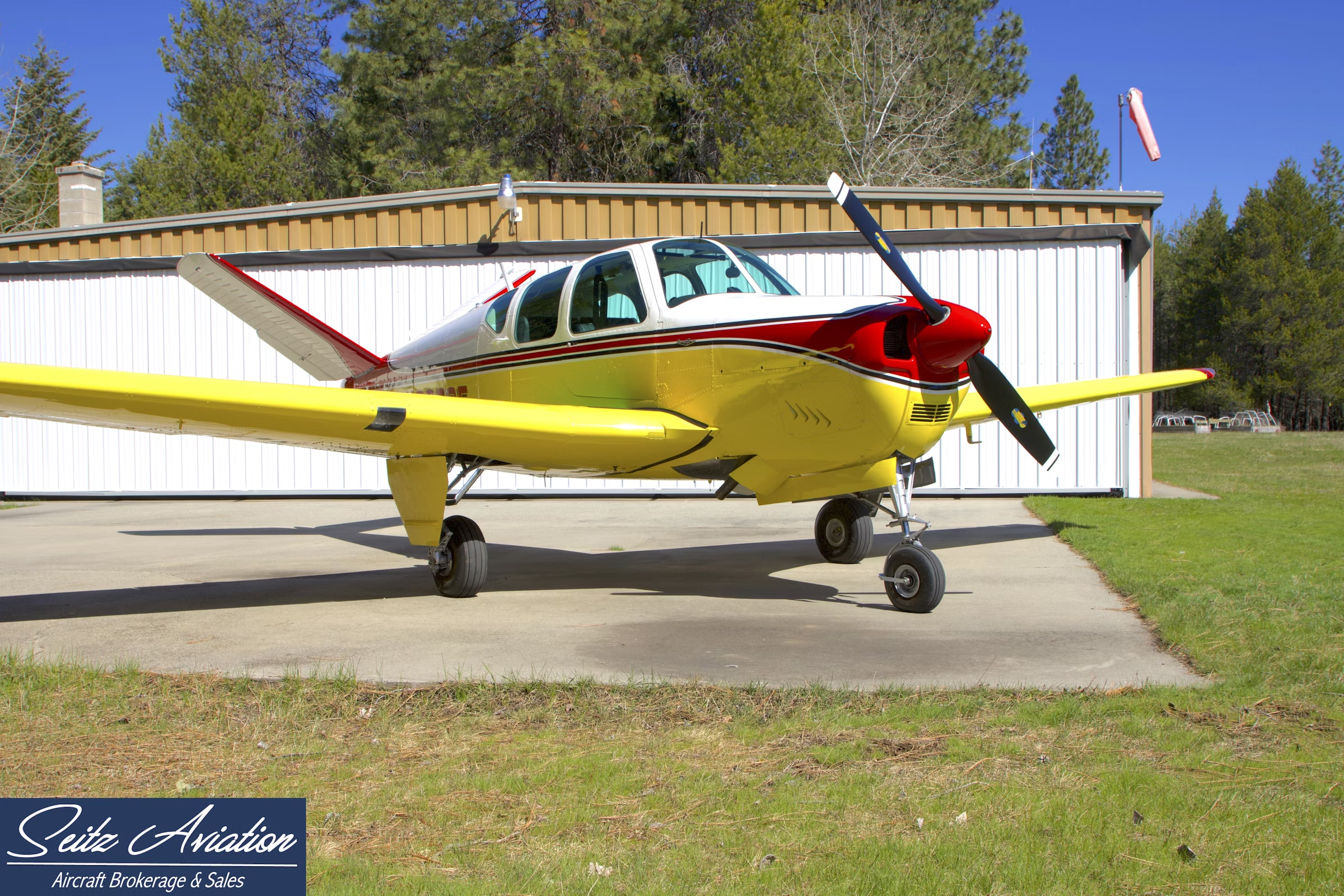Forum Stresses More Work Needed to Meet GA Unleaded Fuel Goals
A partnership of aviation industry and government agencies aims to eliminate leaded fuels for piston engine aircraft in the U.S. by the end of 2030.

The piston GA fleet is moving toward an unleaded future. [Credit: iStock]
The aviation industry is making progress toward the goal of operating piston aircraft on unleaded fuel, but there is still more to be done to meet the 2030 deadline, according to the General Aviation Manufacturers Association (GAMA).
In an online forum Tuesday, GAMA provided an industry update on the initiative to Eliminate Aviation Gasoline Lead Emissions, or EAGLE.
The forum included representatives from the FAA and GAMA. Eric Blinderman, senior director of communications for the Aircraft Owners and Pilots Association (AOPA), acted as moderator, introducing the co-chairs of the EAGLE initiative that represent supply chain infrastructure and deployment; research, development and innovation; unleaded fuel evaluation and authorization; regulation policy; and programmatic activities.
Curt Castagna of the National Air Transportation Association (NATA) said fulfilling the EAGLE initiative will require a continued effort to educate users and other stakeholders— including the FAA—"to work as fast and as safely as we can." Castagna said the goal is "to eliminate the use of leaded aviation fuels for piston engine aircraft in the United States by the end of 2030 without adversely impacting the general aviation fleet."
Several speakers noted that the safety considerations and liability involved with the production of aviation fuel dictates that a considerable amount of testing be involved in the creation of unleaded (UL) products.
The UL100E unleaded fuel testing protocols include:
- Determining fuel compatibility with materials used in aviation, from the metal of the wings to fuel bladders, hoses, aircraft sealants, and elastomers.
- Determining engine performance for rated power as compared to the same engines running on 100LL and determining if detonation is a factor. The tests involve hundreds of engines. The impact of vibration of the aircraft propellers attached to those engines is also being studied.
- Determining the durability of the fuel and its effect on engine parts, especially testing for deposits that may form after hundreds of hours of operation.
The fuel tests will take place both on the ground and in the air under a variety of conditions, including cold soak and high temperatures and humidity.
The testing will involve multiple engines and multiple aircrafts. According to a graphic provided during the stakeholder meeting, this work has just begun, with the exception of the testing involving a Continental TSIO-550K.
"After testing, the engines are torn down to look for damage," said Tim Owen, who has spent several years in product development at Continental Motors Inc. and been part of the Piston Aviation Fuels Initiative (PAFI).
Supply Chain
In addition to the development of a replacement fuel for 100LL, a seamless transition to UL fuel must also be developed. A support policy and regulatory proposal for maintaining 100LL availability is also needed, as are safety measures to prevent improper fueling during the transition.
Stakeholders noted during the meeting that many FBOs are already looking into means to accommodate both 100LL and UL fuels, such as acquiring a fuel truck for UL. In addition, there will be more training required for line crew and placards in aircraft to prevent accidental misfueling.
Discussions are underway with FBOs in remote areas, such as in Alaska, Hawaii, and Puerto Rico, to determine how fuel can be economically delivered to these locations.
It is still incumbent on the FAA to authorize the use of a new unleaded fuel in GA aircraft.
That can be done one of two ways: through the fleet authorization process established by Congress and in conjunction with the PAFI, or through the FAA's traditional aircraft type certification/supplemental type certification (STC) process.
In March 2023, the FAA issued a Fleet Authorization Policy Statement, which describes the process to obtain a fleet authorization of a qualified unleaded fuel candidate.
"The FAA anticipates that approximately 68 percent of the [GA] fleet will be eligible to use UL 94/UL 91 fuels," according to the EAGLE industry partnership.
Stakeholders also noted that the adoption of unleaded fuels will likely require extra placards on aircraft and extra pages in the pilot's operating handbook (POH) to advise pilots of the changes, but that is likely years away.
The FAA is expected to issue a notice of proposed rulemaking (NPRM) and accept industry comments before EAGLE becomes law.

Sign-up for newsletters & special offers!
Get the latest FLYING stories & special offers delivered directly to your inbox






